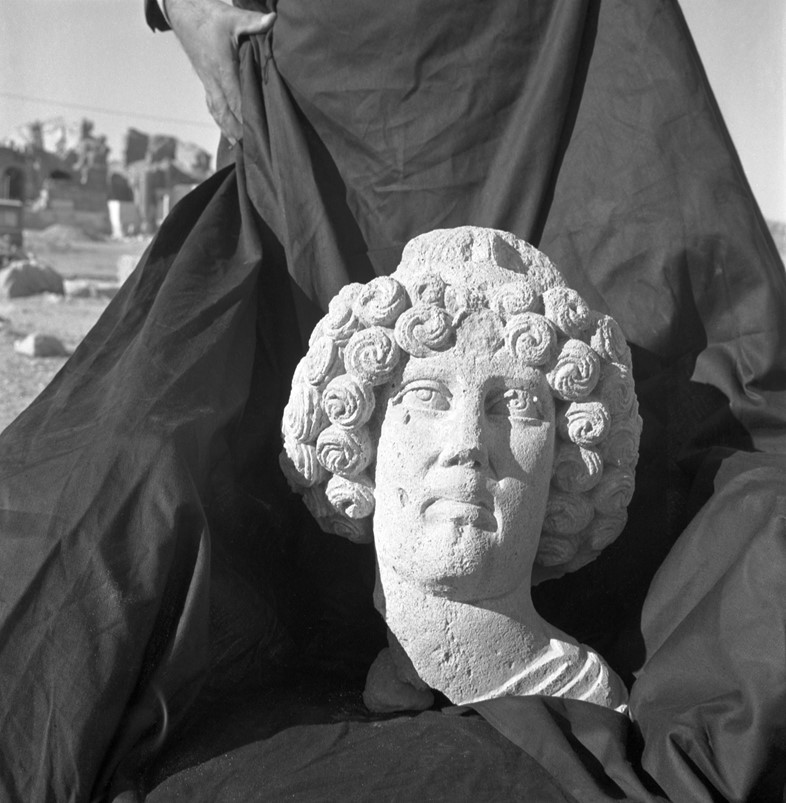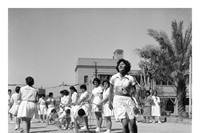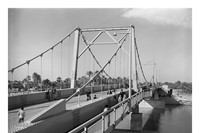Latif Al Ani chronicled the cultural ‘golden age’ of his country through a lens. As a new exhibition of work opens in London, Holly Black explores the photographer’s legacy
Who? Latif Al Ani, born in 1932, chronicled the everyday surroundings of mid-century Iraq at a time when the country was experiencing a cultural ‘golden age’, where a cosmopolitan mindset and increasing openness flourished ahead of the outbreak of the Iran-Iraq war in 1980. For over three decades, Al Ani was considered the master of Iraqi photography, but the emergence of a totalitarian regime and devastating conflict robbed him of his creative impulse, and as a result, his work receded into relative obscurity. It has only been in the last few years that his oeuvre has been rediscovered and praised. He won the Historical Book Award at Les Rencontres d’Arles 2017, and The Ruya Foundation presented a series of his images in the Iraq pavilion at the 56th Venice Biennale. The organisation has now mounted his first UK exhibition at The Coningsby Gallery, London, in an effort to increase his visibility among global audiences.
What? Al Ani captured the wonders of his homeland in a state of burgeoning modernity, wherein shepherds wander among pylons and women – heads uncovered – enjoy group sports or walk among ancient ruins in contemporary European fashions. His subjects are presented in the stark, highly accented contrast of black-and-white, achieved through Al Ani’s love of Rolleiflex 6x6 and 35mm film. The heavy shadows and dazzling light carve up landscapes and figures to create extraordinary lines that are aided by the photographer’s keen eye for close cropping and movement.
Al Ani was also the first photographer to take to the skies and produce aerial views of his country – a technique which is now pointed, considering that many of the places he documented have been destroyed subsequently. His current exhibition includes images of Liberation Square and the Mirjan Mosque in Baghdad, as well as the ruins of the ancient Parthian capital of Ctesiphon. In a recent CNN interview, he posited “from the air, from the plane, everything is beautiful… but as soon as you land again and you walk around the city, you see also the misery and the ugliness”.

With official training from the Iraqi Petroleum Company (who still own an impressive selection of his work) early on in his career Al Ani learned the importance of framing, composition and developed his keen journalistic eye. His credentials led him to establish the photographic department in the Ministry of Information and Guidance, where he built an exceptional archive depicting agricultural, industrial and social life throughout the country. Unfortunately, it was all but destroyed during the US invasion of 2003.
In the 1960s Al Ani consolidated his success as photojournalist – loved by the art world and the establishment alike. He travelled to Brussels to study colour photography and exhibited across Europe and the USA. He even earned himself a position at the Iraqi News Agency as Head of Photography, until he was forced into retirement shortly after the coup of 1968.
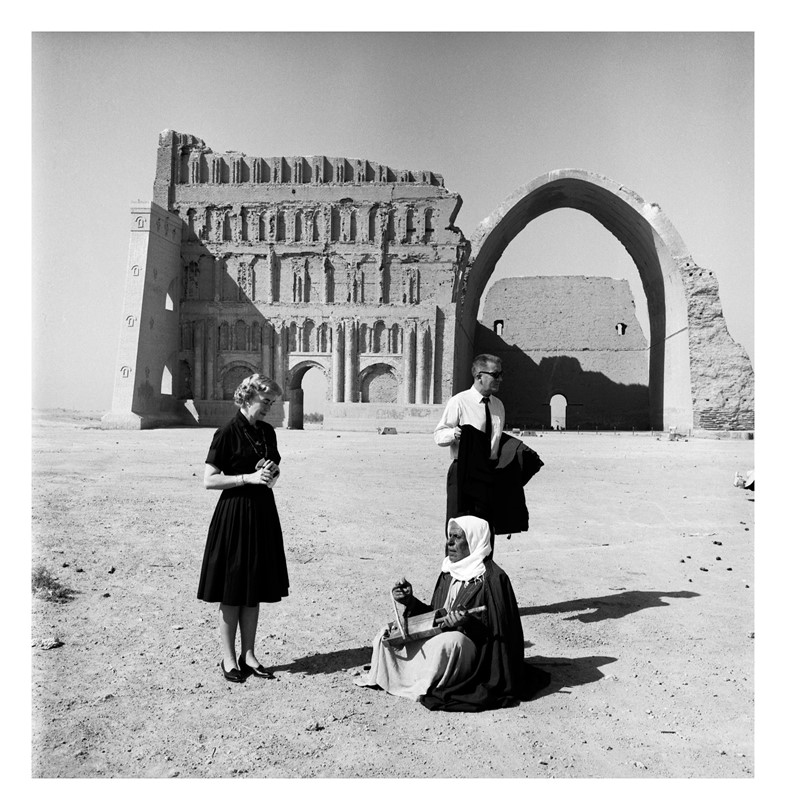
Why? Al Ani’s unwavering commitment to remaining in Baghdad effectively brought an end to his professional career in the 1980s, when photographing in public became illegal under Saddam Hussein. But now his personal archive of 1,500 images has been reappraised as a rare and vital resource for understanding a wonderful chapter in Iraq’s history, which has been subject to continuous erasure in recent years. For younger generations, the typecasts surrounding the nation’s ongoing endurance of violence, bloodshed and oppression offer little space for any wider understanding of its culture or society. Through Al Ani’s eyes we are lucky enough to enjoy incredibly rich retellings and enter a world that might otherwise have been entirely lost.
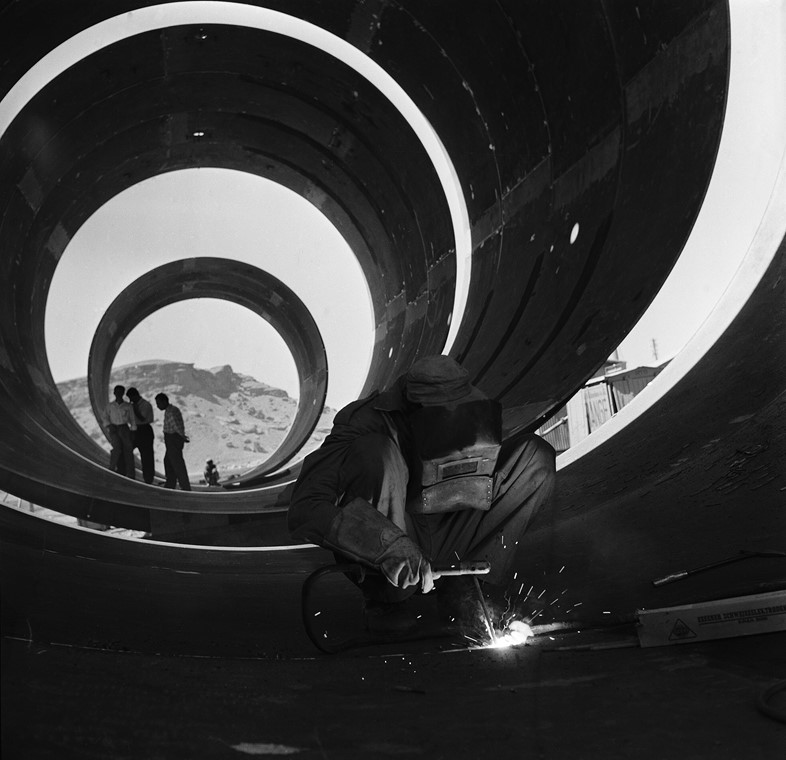
Latif Al Ani runs from December 4 – 16, 2017 at The Coningsby Gallery, London.
